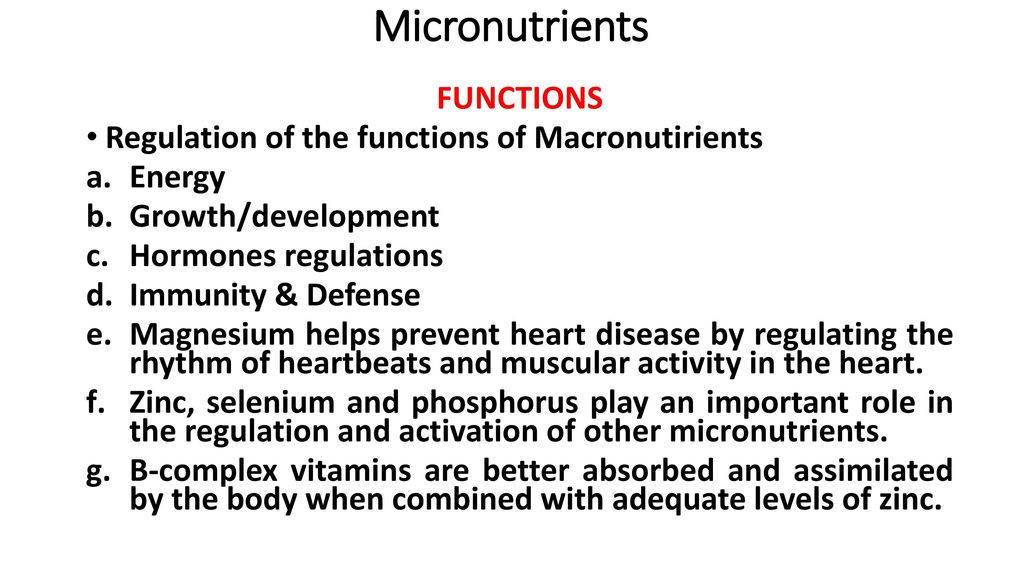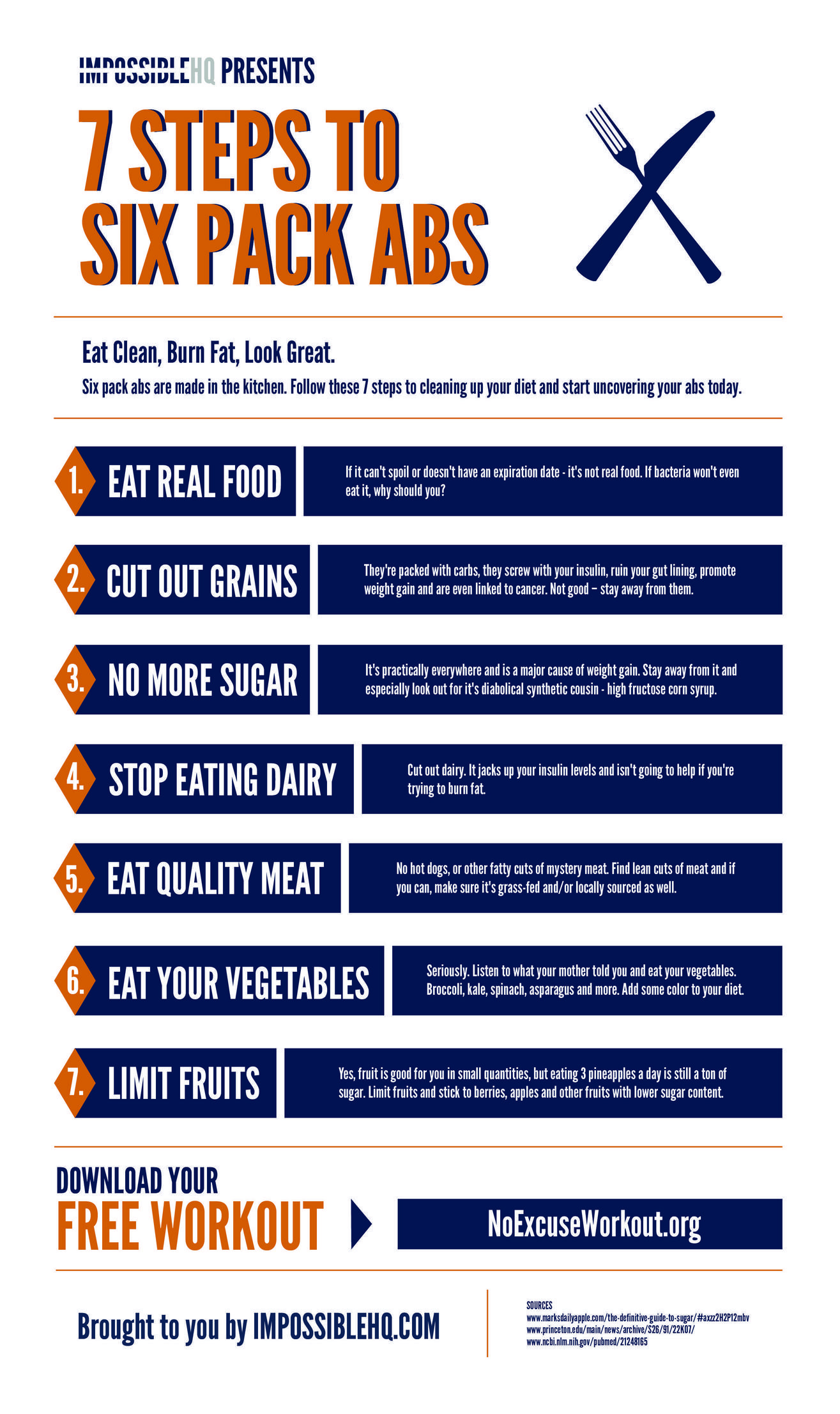
Comprehensive school health programs can't be standardized. It must be developed and implemented locally, with a commitment of resources. Collaboration between school stakeholders (including parents, students and health professionals) is required for the WSCC Model. A healthy learning environment is an essential component of a strong school health program. The environment should be conducive to mental and emotional well-being and safe. The WSCC Model emphasizes early detection of illness and injury, and assessing effectiveness.
The WSCC school health model is the most used and well-suited for a variety. The WSCC highlights the importance of community support and places students' needs in the centre. It emphasizes the link between academic achievement and health, and promotes the use of evidence-based school policy to improve health. Cross-cutting questions are included in the AFHK's SHI to help identify policies and practices that support multiple health topics.

While schools can't solve the nation’s most pressing health issues, they can help coordinate the efforts in many different sectors to promote youth health and wellbeing. These efforts must involve parents, health care professionals, community organizations serving youth, and the media. While there are a number of approved school-based programs, they are often not known by the general public. The school-based healthcare program should improve the lives for young people and their communities, while lowering the cost of health and education.
The SHI guide provides a detailed assessment of school health and identifies strengths and weaknesses, as well as goals and areas for improvement. The SHI guide summarizes all of the responses from respondents and provides suggestions for improvement. Schools can create a more inclusive and healthy environment for their students and staff by having a comprehensive SHI. This guide will help schools create a culture of healthy living and encourage better health outcomes for all.
A comprehensive school health program addresses student health and wellness. It focuses specifically on six behaviors that are important for young people's health and well being. The program should address nutrition, which is responsible for more than two-thirds the deaths and morbidities among youth. In addition to providing these services, the model should include family involvement. Parents and staff should therefore be involved in all aspects of school health care.

Preventive services are emphasized in the WSCC Model. The WSCC includes extended services that cannot be provided in most other settings. These services provide a range health topics that emphasize the involvement of the family in children’s development. The WSCC model promotes wholechild health. The program can also help communities improve their quality of life. These activities have a positive impact upon the mental health of children.
FAQ
What is the fastest way to transform my body?
Your mindset must be changed. You have to be willing to change.
After you have made the decision to change, you should commit to working towards your fitness goals for at minimum 3 months.
You will then need to choose a program that is compatible with your lifestyle.
It is important to have realistic expectations. If you are not ready to dedicate the time and effort to reach your goal, do not spend money on a gym.
Instead, make use of your time outdoors.
If you spend an hour a day walking around the block, you'll burn enough calories to lose 1 lb per week.
Now that you know what you're going to do start planning how you will organize your life to fit this new plan.
You should make sure you set aside time each morning to exercise and that you take breaks throughout your day to move.
Reward yourself for reaching milestones. This could be buying accessories or clothing that reflect your success.
What is your favorite workout order?
It all depends upon what you are trying to achieve. To build muscle mass, you should first lift heavy weights. Next, move on to cardio. Next, if you're looking to lose weight then switch to strength training.
You can burn fat by just doing cardio. Then add strength training after.
If you are looking for muscle mass, cardio should be your last option. Cardio stimulates growth hormones and helps build muscle mass.
Eat before you go to the gym. This will fuel your muscles and make them work harder. Plus, it makes you feel better during your workout.
How many calories should you consume each day?
This can vary from person to person. The average is 2000 - 2500 calories per day. It is important to consider your lifestyle and determine how many calories you'll need.
How to get rid of belly fat fast
There are many fast ways to lose belly fat. One option is to eat less calories and drink more water.
Running and swimming are two other ways to boost your metabolism.
To quickly reduce belly fat, avoid sitting too much. Stand up more often throughout the day. This will help you lose more calories.
There is an alternative option if you've tried all of these options and still have trouble losing belly fat.
This requires a belt. The belt fits around your waist and is tightened when you sit down.
This will make you feel uncomfortable and allow you to move about. This forces you to burn more calories and reduces your belly fat.
What are the best foods to avoid when trying weight loss?
Avoid trans fats. Trans fats increase LDL (the harmful) cholesterol and lower HDL (the good).
Trans fats are commonly found in fast food, deep-fried and packaged baked goods as well snack cakes and other processed foods.
These unhealthy fats can also lead to inflammation, which can cause heart disease and diabetes.
Avoid foods containing artificial sweeteners. Artificial sweeteners have been linked to an increase in cancer risk.
These chemicals are used in everything from soft drinks to chewing gum to candy bars. These chemicals are also found in meat, poultry, eggs, and other foods.
Artificial sweeteners include saccharin, cyclamate, sorbitol, aspartame, acesulfame-K, and sucralose.
The American Heart Association recommends avoiding these chemicals because they may damage DNA in cells.
Statistics
- The PRS enabled risk stratification for overall prostate cancer and lethal disease with a four-fold difference between men in the highest and lowest quartiles (HR, 4.32; 95% confidence interval [CI], 3.16-5.89). (pubmed.ncbi.nlm.nih.gov)
- According to the American Academy of Dermatology (AAD), men over 50 are at a heightened risk of developing it. (healthline.com)
- According to the American Heart Association, blood pressure should be checked at least once every two years, beginning at age 20. (my.clevelandclinic.org)
- Candidates and applicants must pass all four tests at 70% (minimum level) to graduate from Basic Deputy U.S. Marshal (BDUSM) Training. (usmarshals.gov)
- By John Thompson Take a whopping 38% off a set of PowerBlock Pros. (menshealth.com)
External Links
How To
How does a man become fit in just 30 days?
It is best to break down difficult goals in small, manageable steps.
It is important to work towards your goal every day. This could mean anything from doing 10 pushups for 5 minutes to running 3km.
If you do this consistently over time, you will see positive results.
The key thing here is consistency. Keep at it until success!
What is the difference between Aerobic Fitness (or Anaerobic Fitness)?
Anaerobic fitness describes the body's ability not to use oxygen to perform intense physical tasks. Anaerobic pathways provide sufficient energy for high-intensity exercise. Anaerobic pathways can include glycolysis, creatinephosphate, the Phosphagen, and lactic acids.
Cardio fitness is, in contrast to aerobic fitness, the practice of sustaining low-intensity exercise. The primary source of energy for aerobic exercise is oxygen. In other words: The aerobic pathway gives more energy than that of the anaerobic.
You need to build up your aerobic capability if you plan on running a marathon. If you don't focus on increasing your aerobic capacity, you will not be able finish the race.
Aerobic fitness can also be called cardiovascular fitness. Step tests and VO2 max testing are the most popular methods to measure cardiovascular fitness.
VO2 Max Testing
VO2max is the maximum oxygen (O2) that your body can use while exercising. This test measures the amount O2 that the body can use when exercising.
This test is the best to determine your cardiovascular fitness. It requires expensive equipment and highly-trained professionals to administer.
Step Tests
Step tests can be used to assess cardiovascular fitness. They are easy and effective. These tests require you to walk or run on a track or treadmill for a set amount of time, depending on your weight and age.
These tests are simple to perform, cost-effective, and easily accessible from almost any location. You could, for instance, run on a treadmill for two minutes, rest for one minute, and then go back to the starting point for 20 minutes. Throughout the entire session, your heartbeat should stay within a set range.
This method is called the Bruce Protocol. Bruce was himself a runner and developed the protocol after realizing his heart rate wouldn't increase when he ran for longer distances.